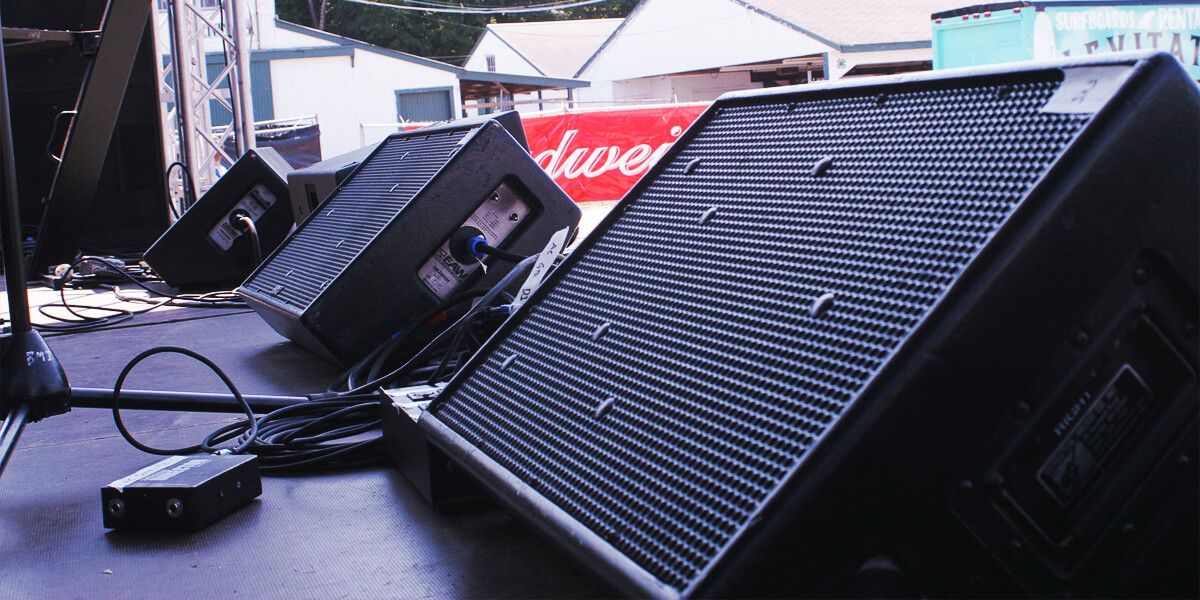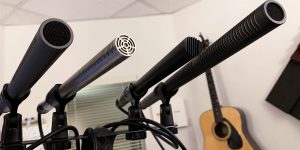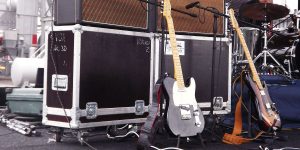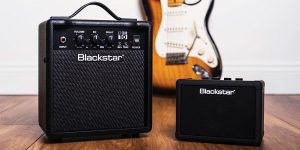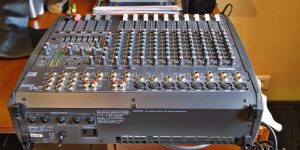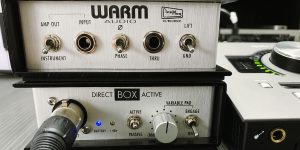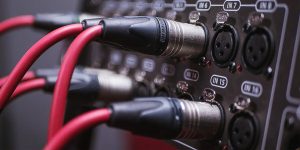As a performer, you know that delivering an unforgettable performance relies not only on your talent but also on the ability to hear yourself and your fellow musicians clearly. In this guide, I’ll dive into the unique art of stage monitor placement to achieve the best sound balance. Whether you’re a musician, actor, or speaker, understanding the importance of proper device arrangement will undoubtedly enhance your overall performance experience.
Key considerations for stage monitor placement
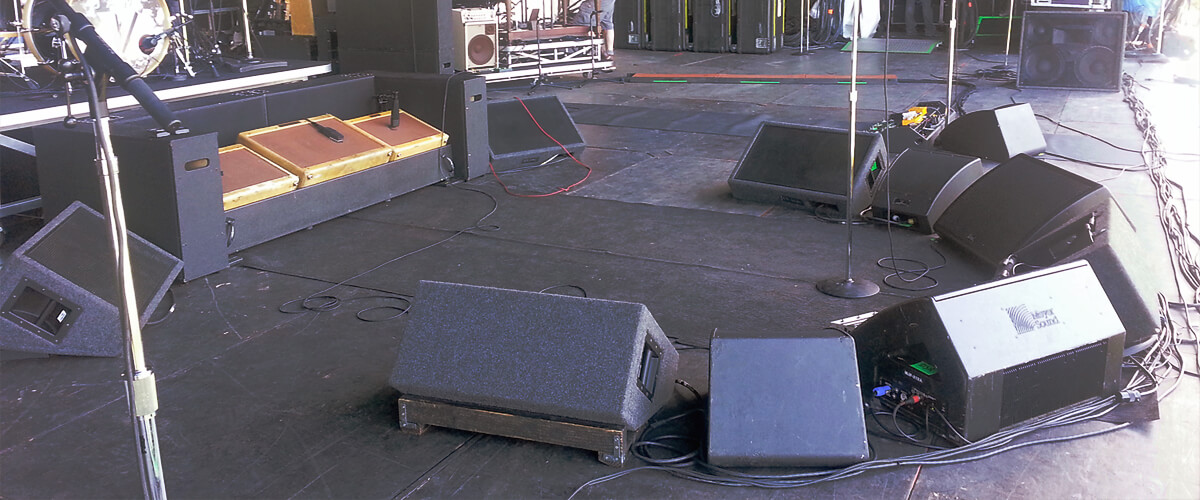
When it comes to balancing stage monitor sound, a few important factors can greatly impact the quality of your performance. So let’s explore these key considerations to ensure you achieve the best sound.
Stage size and layout
These factors play a significant role in determining the placement of your screen. Consider the dimensions of the stage and the available space for positioning the devices. Take into account the distance between performers and their proximity to the audience. This will help you determine the optimal locations for placing the monitors to ensure everyone can hear themselves and each other clearly.
Number and type of performers
The number and type of performers on stage also influence monitor placement. Are you a solo musician or part of a band? Are there singers, instrumentalists, or actors involved? Each performer may have specific audio needs. For instance, vocalists might require their monitors closer to capture their vocals accurately, while instrumentalists may need their displays angled towards them for better sound projection.
Acoustic environment
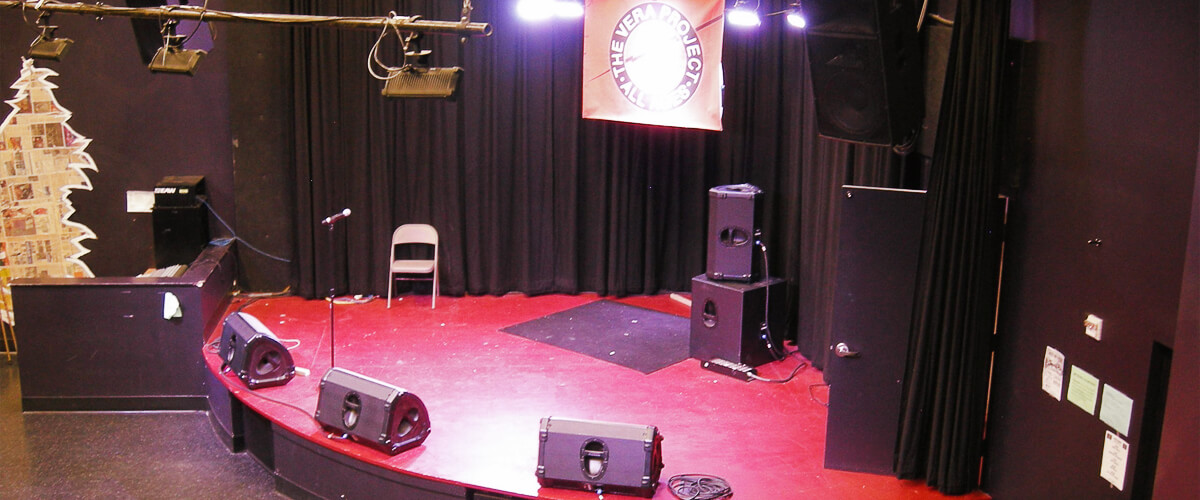
Yes, the acoustic properties of the venue can significantly impact monitor placement. For example, is the venue an open-air space, a small club, or a large auditorium? Consider the level of ambient noise, reverberation, and potential feedback issues. Experiment with the placement of the device to minimize any audio interference and maximize clarity. In some cases, you may need to adjust the monitor’s angle or distance from reflective surfaces to optimize the sound quality.
By considering these key factors, you’ll be able to make informed decisions about the live sound stage monitor setup. Remember, the goal is to create an immersive and balanced sound experience for both performers and the audience, ensuring that every note, word, and line is clearly heard.
Essential tips for optimal stage monitor placement
Picture this: I was performing at a gig, feeling the music, and belting out my heart and soul. The only problem? I couldn’t hear myself! It was like singing into the void. That’s when I learned the hard way about the importance of optimal stage monitor placement. Trust me, finding that sweet spot for your monitors can be a game-changer, and today I’m here to share some proper monitor positioning tips to help you avoid my past struggles and rock the stage like a pro.
- Positioning monitors at the correct angle: Ensuring that your monitors are angled correctly is crucial for a clear and accurate sound. Aim them towards your ears, about 45 degrees upward, so you can hear yourself without strain. This way, you’ll get a true representation of your performance and adjust accordingly.
- Minimizing feedback and stage noise: Feedback can be the bane of any performer’s existence, but fear not! To minimize feedback, position your monitors in a way that they face away from the microphones. This reduces the chances of that dreaded high-pitched squeal. Additionally, keep your stage clutter-free to minimize unwanted noise and interference.
- Balancing individual monitor mixes: Every performer has different preferences for their monitor mix. Communicate with your sound engineer or bandmates to ensure everyone’s needs are met. Balancing individual display mixes means adjusting the volume levels and EQ settings so that each performer can hear themselves and the rest of the band without problems.
- Avoid comb filtering and phase issues: Comb filtering and phase issues can distort and muddy your sound. To avoid these problems, place your screens at a distance from each other and experiment with the positioning. Align them horizontally in a line, or try an arc formation to create a more even sound dispersion. This helps prevent cancellations and phase-related anomalies.
Each venue and performance space is unique, so don’t hesitate to experiment and make adjustments based on your specific needs. With the right monitor placement, you’ll enjoy crystal-clear sound, improved performance, and a more immersive experience on stage.
FAQ
What angle should a stage monitor be?
Ideally, stage monitors should be positioned at an angle of about 45 degrees upward, facing your ears. This allows for optimal sound projection and helps you hear yourself clearly during performances.
Should studio monitors be angled up or down?
Studio monitors are typically better angled towards your ears, which means they should be tilted slightly upwards. This positioning ensures that the sound reaches your ears directly and minimizes surface reflections.
How far off the wall should studio monitors be?
To minimize unwanted reflections, I recommend placing studio monitors at least a foot or more away from the wall. This distance helps reduce bass buildup and improves the accuracy of the sound you hear.
Should the monitor be at eye level or above?
The perfect position for studio monitors is generally at ear level or slightly above it. This allows for a more accurate representation of the sound and helps prevent any unwanted coloration caused by placing the monitors too low or too high. Adjust the height to match your seated or standing listening position.

